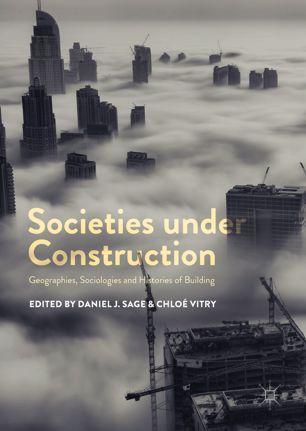

Most ebook files are in PDF format, so you can easily read them using various software such as Foxit Reader or directly on the Google Chrome browser.
Some ebook files are released by publishers in other formats such as .awz, .mobi, .epub, .fb2, etc. You may need to install specific software to read these formats on mobile/PC, such as Calibre.
Please read the tutorial at this link: https://ebookbell.com/faq
We offer FREE conversion to the popular formats you request; however, this may take some time. Therefore, right after payment, please email us, and we will try to provide the service as quickly as possible.
For some exceptional file formats or broken links (if any), please refrain from opening any disputes. Instead, email us first, and we will try to assist within a maximum of 6 hours.
EbookBell Team

0.0
0 reviewsThis edited collection explores building construction as an inspiring, yet often overlooked, place to develop new knowledge about the development of human societies. Eschewing dominant engineering and management perspectives on construction, the book is purposefully broad in its scope, both empirically and theoretically, as reflecting the rich underexplored potential of studies of building construction to inform a wide span of intellectual debates across the social science and humanities. The seven chapters encompass contributions to theories of: spatiotemporal organization with wildlife on building sites; institutional change with building ruins; home with Mexican self-help housing; place with a suburban housing development; socio-materiality with the adaptation of a university library; migrant labour with the Parisian postwar construction boom; and gender with a female site manager in Sweden.
This book seeks to develop a new critical sub-area for construction studies that focuses on the actual processes and practices of ‘constructing'. Bringing together diverse members of construction research communities working in a variety of contexts, it develops empirical engagements with building work to challenge its marginalization, relative to architectural studies, to provoke novel understandings of human history, geography and sociology.